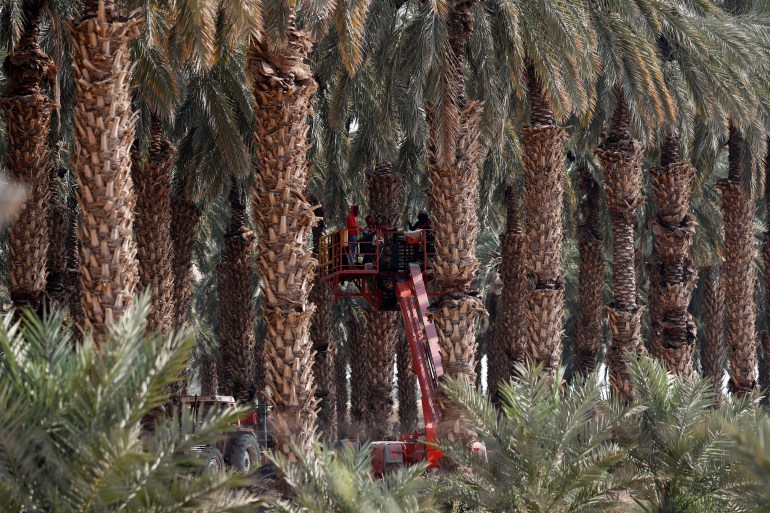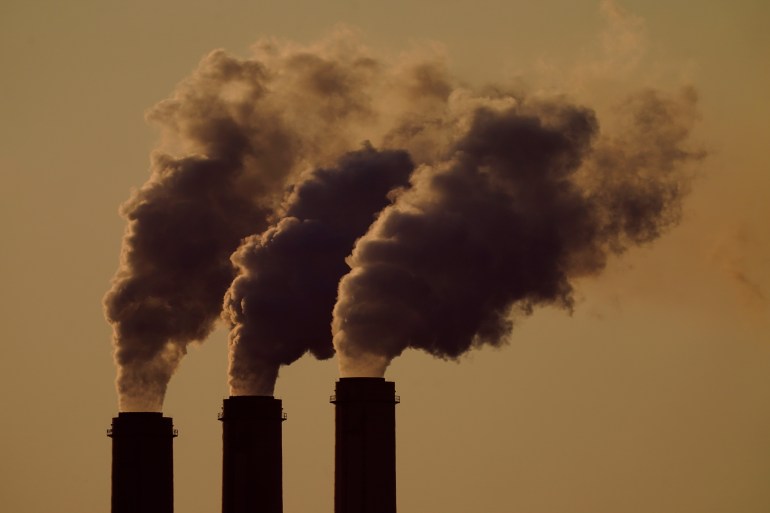Dutch government ends funding to Palestinian civil society group
Move comes despite external investigation finding no evidence of Israeli ‘terror’ claims made against Union of Agricultural Work Committees.

In a statement denouncing Wednesday’s decision, the Ramallah-based Union of Agricultural Work Committees (UAWC) – for which the Dutch government has been the lead donor since 2013 – said “this is the first time a government ends its funding for Palestinian civil society based on political conditionality”.
The UAWC provides hands-on aid to Palestinians, including by rehabilitating land at risk of confiscation by Israel. It helps tens of thousands of farmers in Area C – the more than 60 percent of the occupied West Bank under direct Israeli military control, and where most illegal Israeli settlements and their infrastructure are located.
The group said it would consider legal steps to challenge the Dutch government’s “harmful and unfair decision”, which, it warned, was “likely to resonate far beyond our organisation”.
In October 2021, Israel banned six organisations as “terrorist groups” under the pretext that they are affiliated with the left-wing Popular Front for the Liberation of Palestine (PFLP). The move was widely condemned by the international community and rights groups as “unjustified” and “baseless” as the Israeli government has provided no evidence (PDF) to substantiate its claims.
Israel’s designation tied the six organisations to the armed wing of the PFLP, which was active as an organised body in the second Intifada (2000-2005) when it carried out attacks against Israeli civilian and military targets.
Five of the organisations are Palestinian: the Addameer prisoners’ rights group; Al-Haq rights group; the Union of Palestinian Women’s Committees (UPWC); the Bisan Center for Research and Development; and the UAWC. The sixth is the Palestine chapter of the Geneva-based Defence for Children International organisation.

